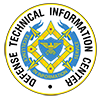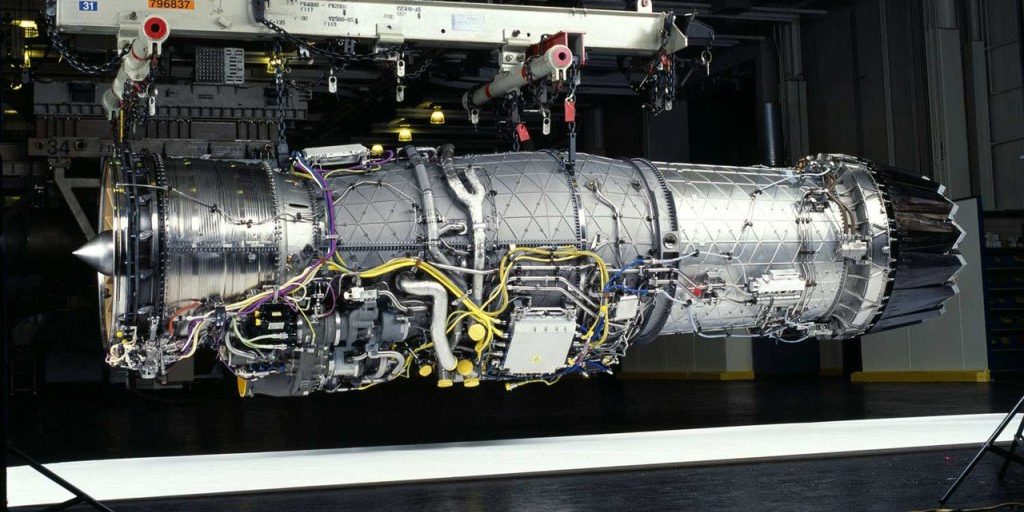The Defense Systems Information Analysis Center (DSIAC) was asked to collect information and limited distribution reports on the failure modes and causes for failure of TBCs used in military aircraft turbine engines. It was determined that the most likely failure mode is spallation, though other potential modes include high-temperature oxidation, hot corrosion, mechanical distress, solid-state diffusion, and thermomechanical fatigue cracking. Most TBC failure results from dissimilar thermal expansion coefficients between the substrate and coating. A list of limited distribution and publicly available reports from the DTIC Research and Engineering Gateway and other open sources was also compiled into two separate bibliographies for further reading.


